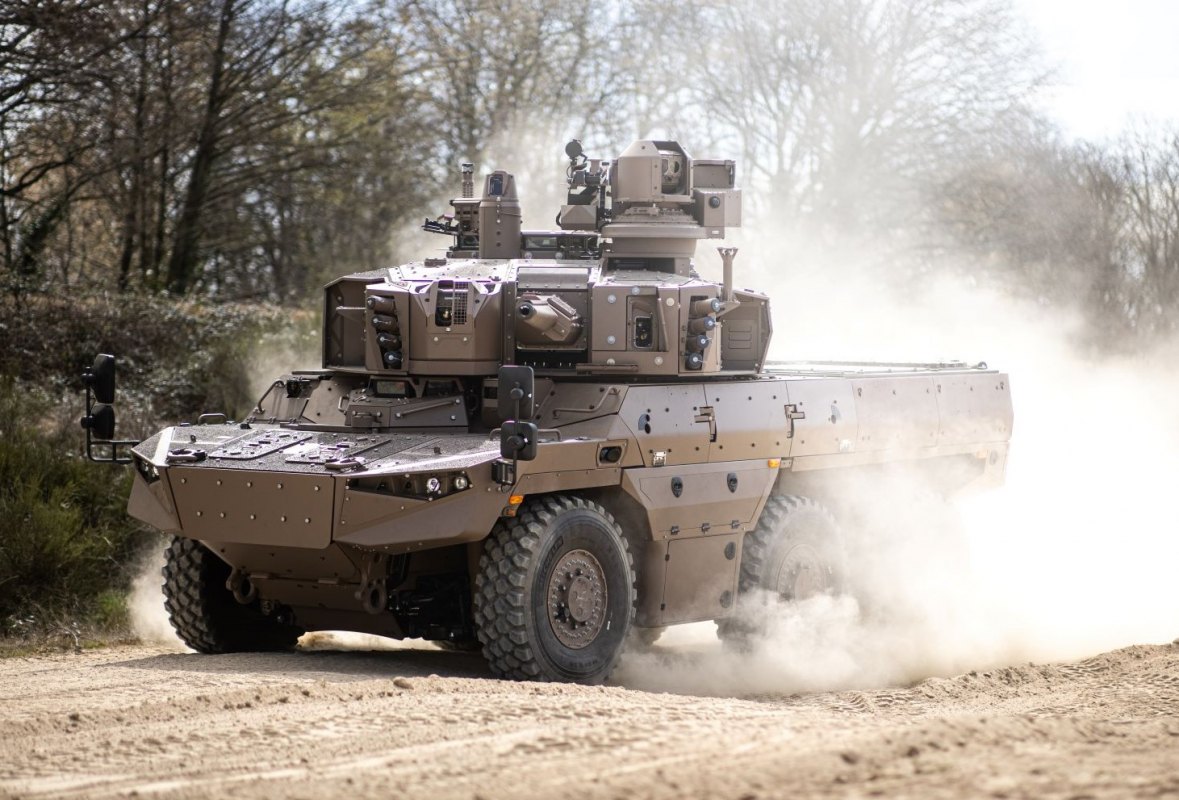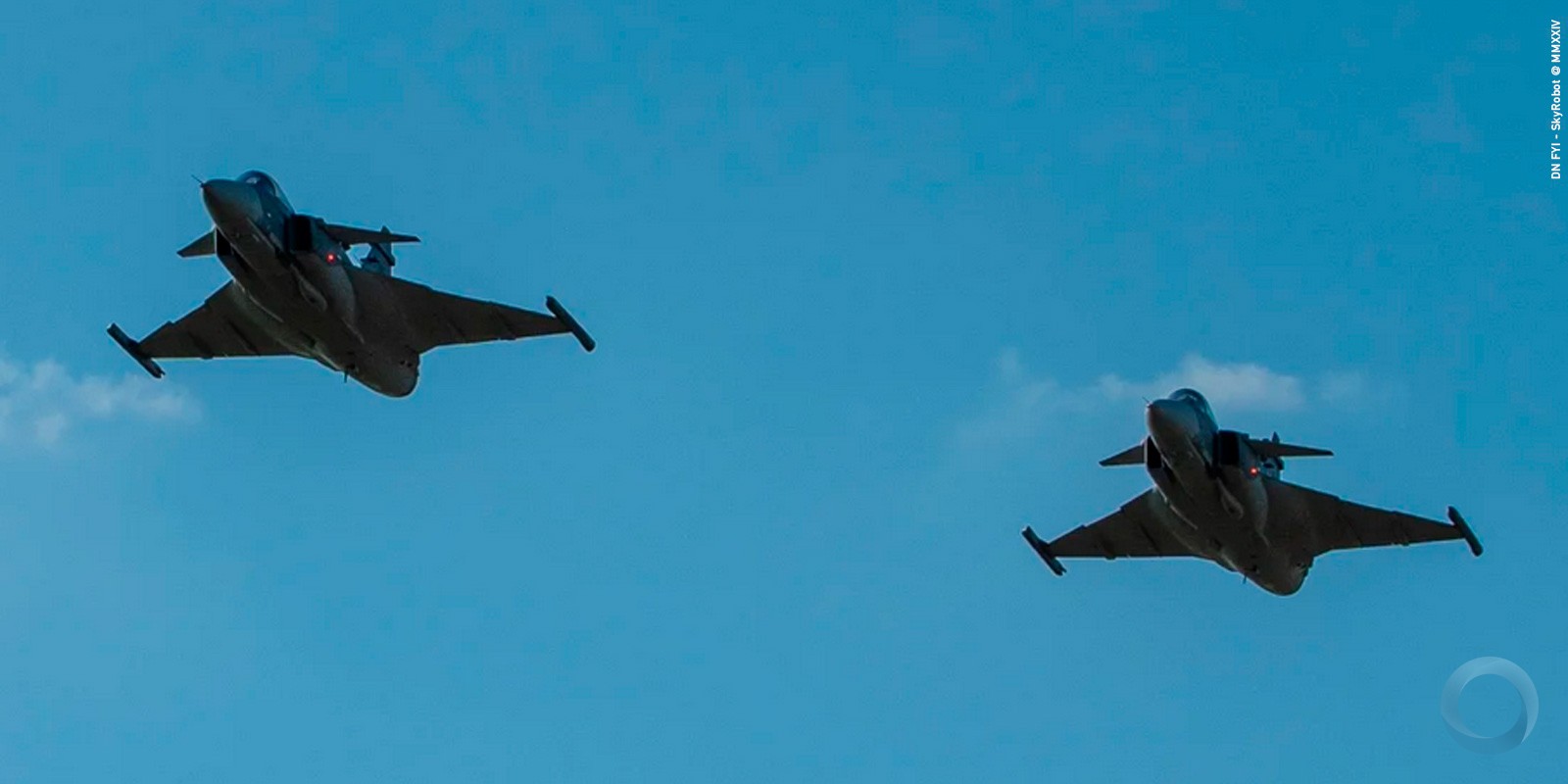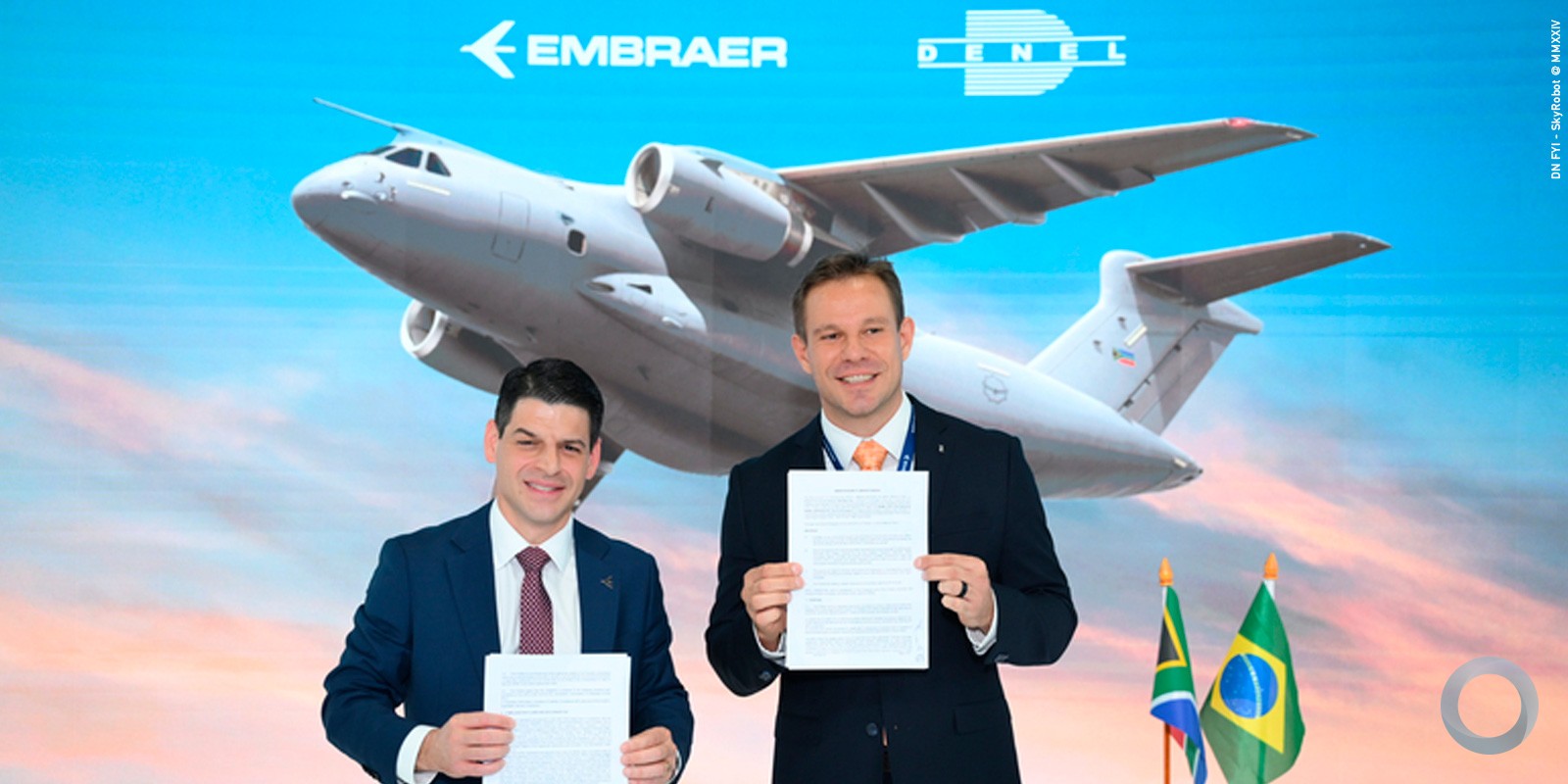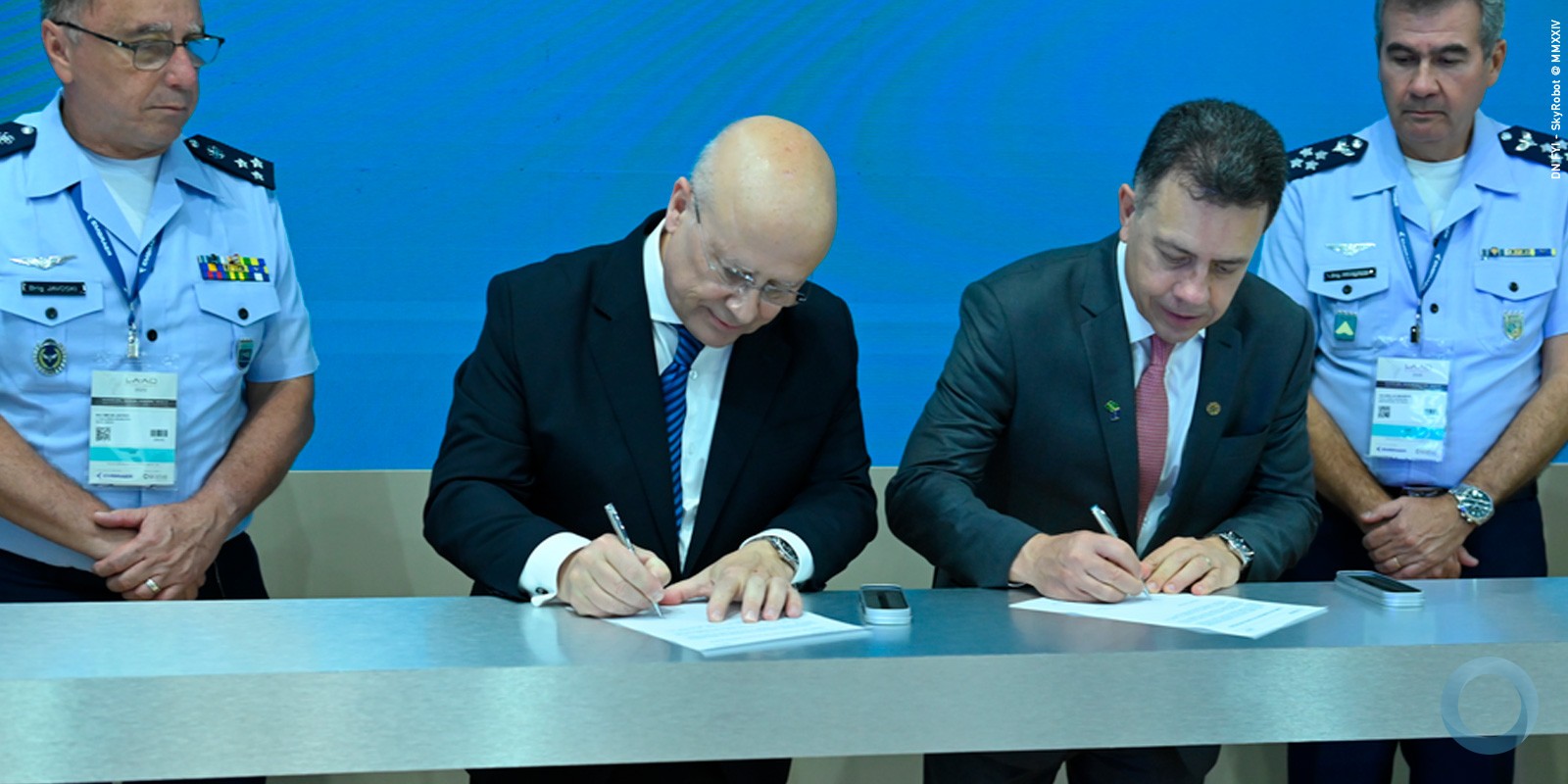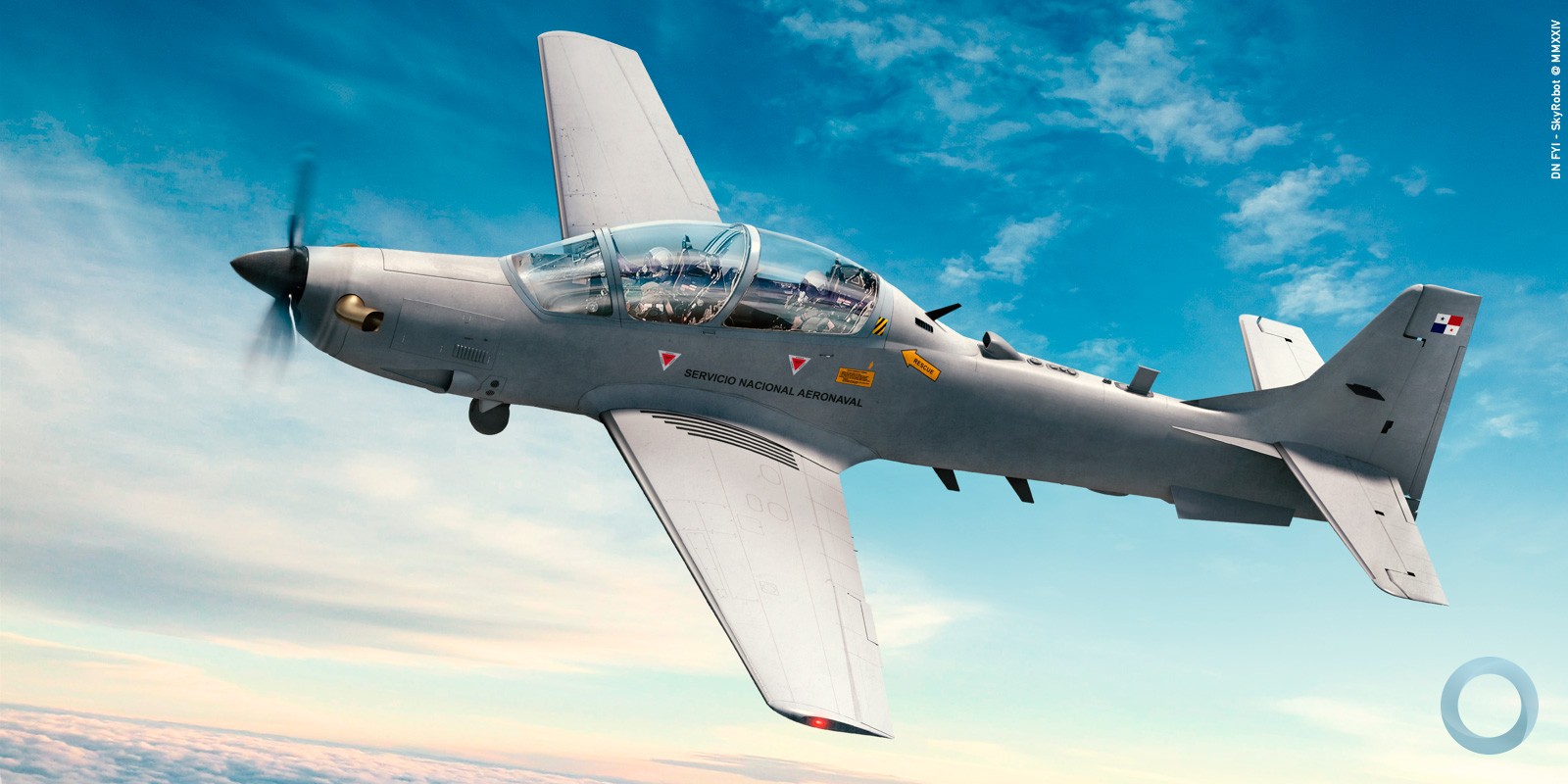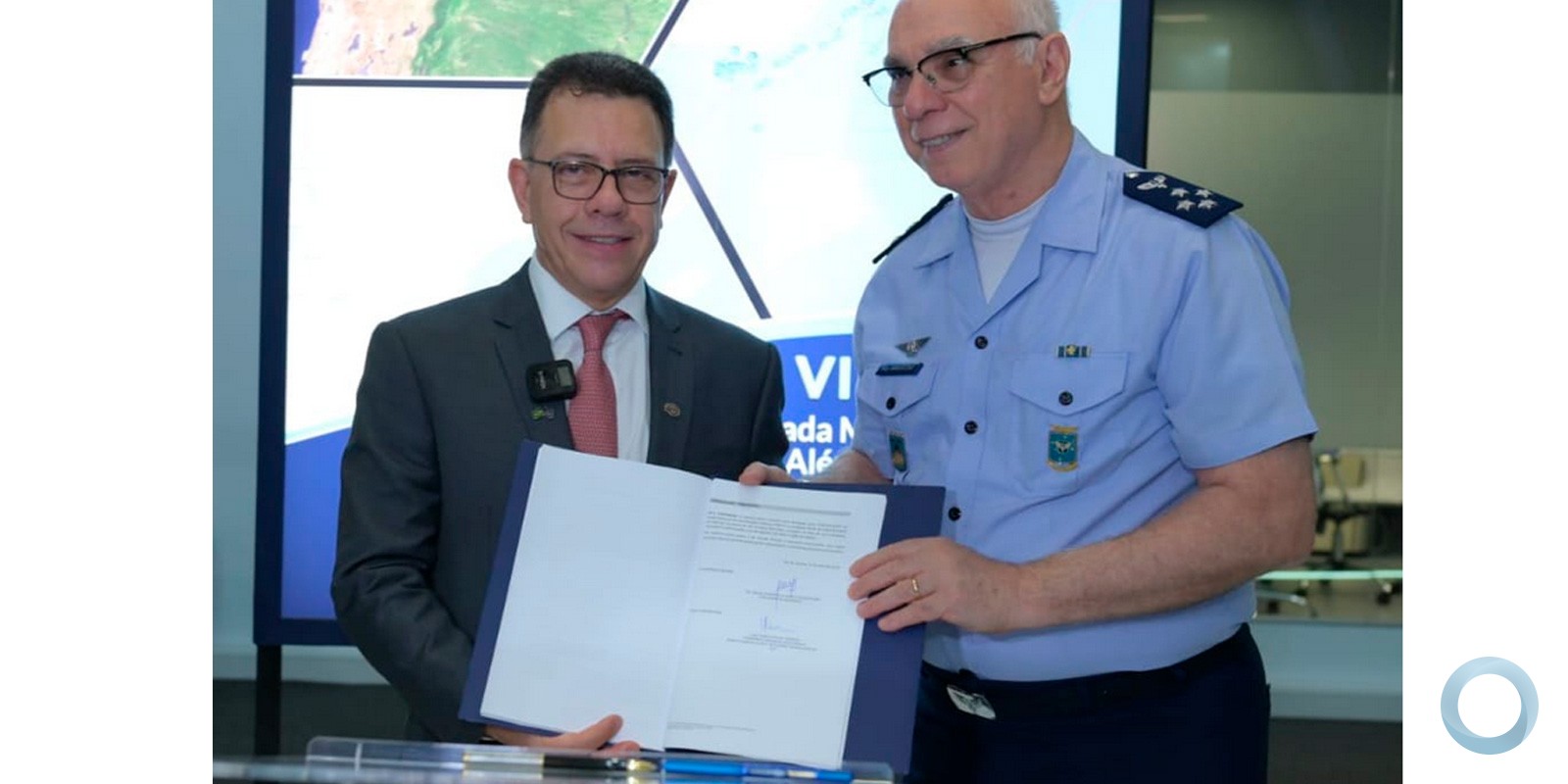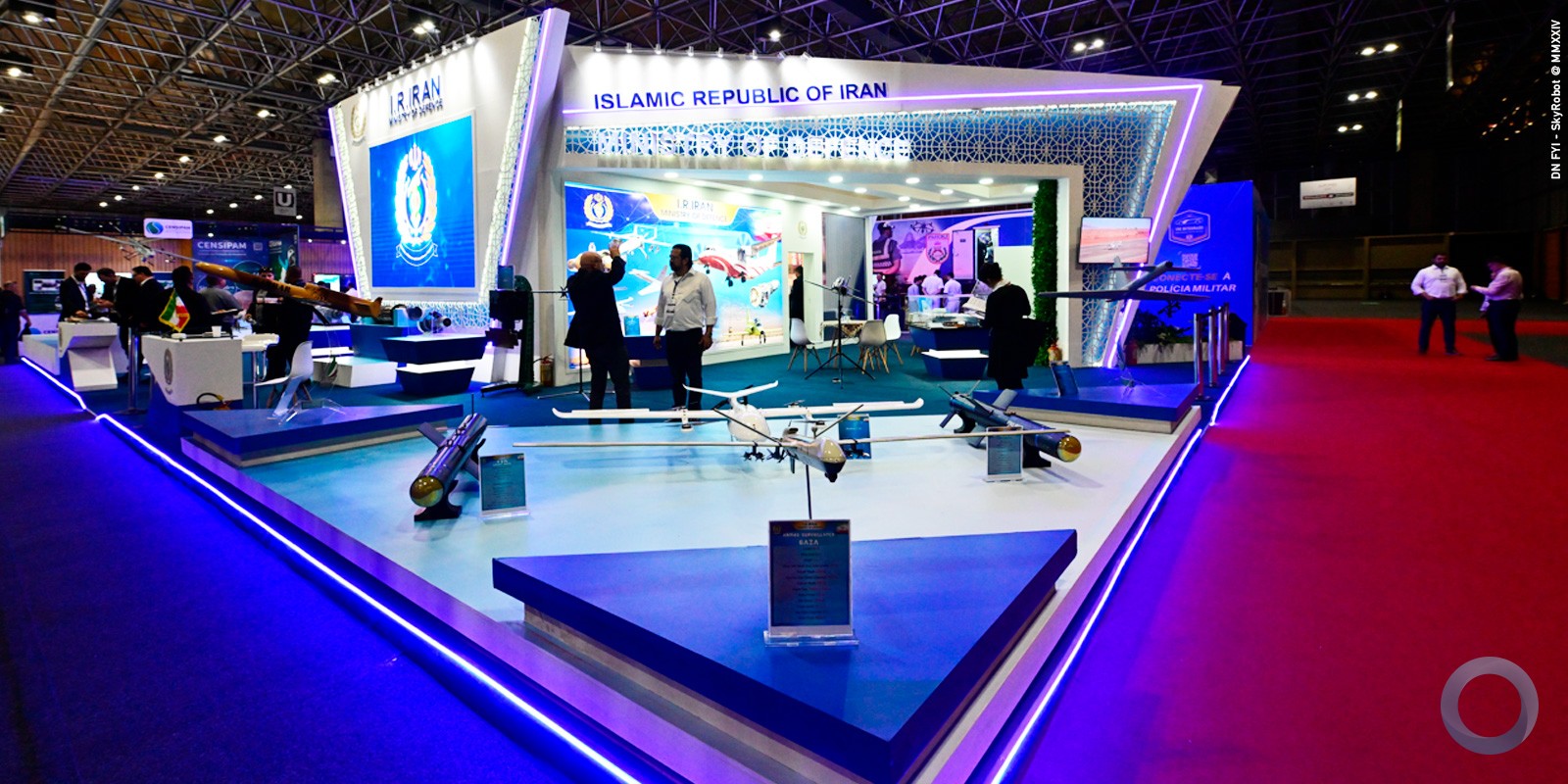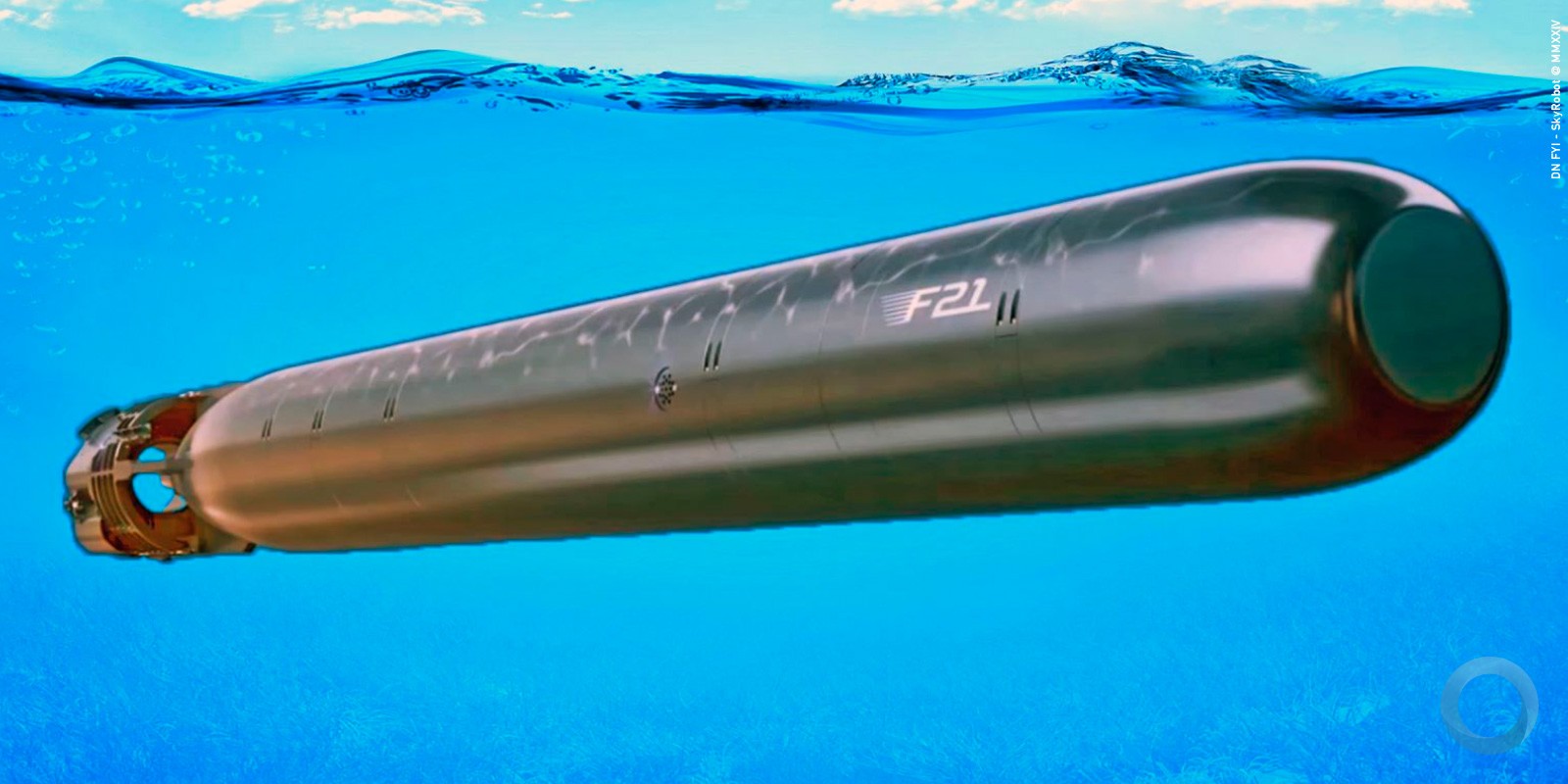Patrícia Comunello
The Colombian Army and the Brazilian Army (EB) are working together to fight organized crime, including environmental offenses like illegal mining, as part of a broad cooperative effort by the countries’ armies to improve safety along their shared border.
The Armies conducted two joint operations at the end of 2015 and are planning additional missions for 2016. Colombian and Brazilian Troops cooperated in Operations Anostomus II (on the Colombian side) and São Joaquim (in Brazil) from November 20th-December 10th.
“I experienced one of the most memorable times in my professional life when I had the privilege to test the potential for effective performance of a joint operation between Brazil and Colombia against environmental crimes and trans-border crimes,” said Brazilian Army General Guilherme Cals Theophilo Gaspar de Oliveira, commanding officer of the Amazon Military Command (CMA), headquartered in Manaus, the state capital of Amazonas. “It was the first of many joint operations on the border in the Amazon, which will strengthen security and defense in the two countries.”
The EB and the Colombian Army are defining areas for “the next, larger action” in 2016, according to Gen. Theophilo. Brazil intends to propose a similar initiative with the Peruvian Army.
“We have a war on the border,” he added. “Drug trafficking only begins here, but afterwards it leads to social problems and reaches the capital and large cities, where it destroys more lives.”
The recent joint action involving Colombian and EB Troops launched a new chapter in the Colombian Army's fight against drug trafficking, illegal mining, and other crimes along the border the country shares with Brazil. “Without a doubt, this first approach will reinforce the need for other countries’ support to finally put an end to border crimes,” Brigadier General Adelmo Orlando Fajardo Hernández, commanding officer of the Colombian Army's 8th Division, which led the mobilization of the joint effort in Colombia. "Because illegal mining causes serious damage to the environment and drug trafficking is a transnational crime, the effort and commitment coordinated with the Brazilian Army is very important in the fight against these crimes.”
Illegal groups like the Revolutionary Armed Forces of Colombia (FARC) are engaging in the illegal mining of gold and other minerals to fund their unlawful enterprises, Brig. Gen. Fajardo explained. “The minerals have become currency exchanged for weapons, food, and means of transportation with foreign criminal organizations.”
A cooperative framework
Operations Anostomus II and São Joaquim (in Brazil) took place between November 20 and December 10, 2015, involving CMA units in the region of São Gabriel da Cachoeira, 840 kilometers from Manaus, and Tabatinga, 1,100 km from Manaus. On the Colombian side, the 8th Army Division led the action in the sectors of Cerro Tigre, Cerro Naquen and Campo Alegre in the departments of Guainía and Vichada.
These joint Military operations built on the Anostomus I mission conducted last April by the Colombian Armed Forces on their side of the border. During the 25th Brazil-Colombia Regional Meeting for Military Exchanges (RRIM, for its Spanish acronym), held in September 2015 in Tabatinga, Gen. Theophilo proposed that Troops from the two countries strengthen their cooperation by conducting joint missions on both sides of the border.
RRIM is held annually, with the host country alternating. The CMA planned Operation São Joaquim for November and December, mobilizing the most advanced units monitoring the border with Colombia. Meanwhile, Colombian Military authorities set up Operation Anostomus II.
“Gen. Theophilo proposed that it would be important to have, at a minimum, some coordination of simultaneous actions on both sides, because it does no good to mount a large operation, employ resources, and have the traffickers cross a river or flee into the rainforest,” explained Infantry Lieutenant Colonel Francisco Nixon Lopes Frota, CMA Intelligence Section Chief who served as the EB’s attaché to Colombia for the joint mission.
He participated in the planning and attended joint operations on the Colombian side of the border. “The proposal was intended to combat the FARC, but the Colombian government is in negotiations with the guerrilla forces,” he added. “So, the attack would be indirect on the ground and direct on their funding.”
EB service members participated because the Brazilian Military has police powers within the border zone – 150 kilometers from the line separating the neighboring countries – according to the Brazilian Constitution. “The Colombian Army does not have police powers to take action along the border, which makes synergy with us essential,” Gen. Theophilo stated.
The EB set up barriers in the Brazilian side of the rainforest to support the ring around the illegal miners. “We caused substantial damage to the criminal groups,” Gen. Theophilo said. The 18 illegal mines shut down produced 82 kilograms of gold worth $2.3 million monthly.
The Anostomus operations
A small, colorful fish that is found in the Inírida and Guainía rivers, in Colombia’s Amazon region, inspired the name of the operation: Anostomus. Protecting this species from organized crime groups, which illegally traffic the fish known for its yellow-tinted scales, is one of the mission’s goals. Criminal groups use chemical products like mercury to extract minerals that contaminate natural springs and kill schools of Anostomus, according to the communications service of the Colombian Army’s Military Education Center.
During Anostomus I, which the Colombian Armed Forces conducted last April and May, security forces arrested 59 suspects – including four Brazilians and a Venezuelan. Colombian Troops also seized 63 gold and tungsten mines in Guainía.
During Anostomus II, Colombian authorities arrested 24 Colombians for a variety of offenses, including damaging natural resources, environmental contamination, trespassing, and illegal extraction of ore. Colombian security forces also disabled 18 mines and 12 dredgers, and identified six open-air prospecting sites that had all the necessary infrastructure to function illegally, according to Brig. Gen. Fajardo. “We did not seize any drugs or minerals, since during the operation those items were thrown into the river,” he added.
Anostomus II was larger than the first operation, mobilizing 600 service members from the 8th Division and the Illegal Mining Brigade, the Air Force, the Navy, the National Police, the Prosecutor General’s Office, and the Technical Investigations Corps under the Colombian Solicitor General's Office. Service members conducted the operation in an area covering 72,238 square kilometers, where there was no armed resistance by the illegal groups and the Military reported no injuries or deaths. The Armed Forces deployed 15 helicopters and 23 ships to surround the mines.
“The training of our service members and detailed planning gave us the element of surprise and led to decisive strikes and the success of the mission,” Brig. Gen. Fajardo said. “The Brazilian Army’s cooperation made it possible to achieve these tangible results, with arrests, seizures of war material, and the searches of mines. The two countries are committed to combating these crimes.”
Operations in remote areas
The Troops of the EB's Second Jungle Infantry Brigade, under the command of Major General Antonio Manoel de Barros, conducted the mission on the Brazilian side in Operation São Joaquim, with the support of the 16th Jungle Infantry Brigade, in Tabatinga. At the beginning of 2015, EB intelligence started to map out routes inside the rainforest that organized crime operatives might be using. Based on these maps, Brazilian service members were positioned at 30 points – with no two points more than 50 kilometers apart – along the Colombian border beginning in October.
“They were blocking positions to cover 900 kilometers where there are no roads, just rainforest and rivers – a place you can only reach by boat or helicopter,” Maj. Gen. Barros said. “We synchronized everything with the Colombian Army. This was our first time doing this.”
The CMA mobilized 1,700 service members at those points and received support in logistics and communications from Brazil's Third and Fifth Jungle Infantry Battalions, the Fourth Army Airborne Battalion, a Special Operations Detachment, and the Third Special Forces Company. Black Hawk, Pantera, and Cougar helicopters carried Troops, food, and fuel.
Dealing with conditions in the rainforest was one of the Military's major challenges during these operations. But the EB service members trained at Manaus' Jungle Warfare Instructional Center, which is considered the best facility in the world, according to Lt. Col. Nixon.
“It is jungle, jungle – just the jungle,” Lt. Col. Nixon said. “Technology and transportation vehicles are important, but they don’t get us anywhere if the Soldiers do not adapt to the jungle and know how to survive.”






